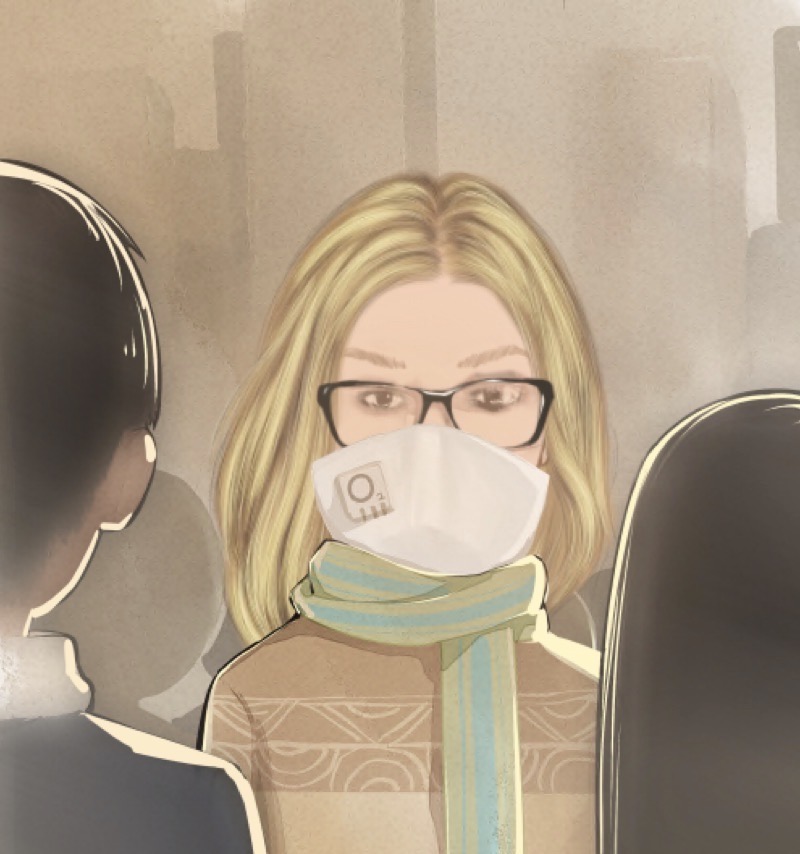Pseudoallergy is a type of non-allergic hypersensitivity reaction that mimics an allergic response. It's also sometimes referred to as a non-allergic hypersensitivity reaction or a pseudoallergic drug reaction. While it shares similar symptoms with true allergies, the underlying mechanism is different.
Types of Hypersensitivity Reactions:
- Type I (Immediate Hypersensitivity):
.This is the most common type and is mediated by IgE antibodies. It occurs rapidly (within minutes) after exposure to an allergen, like pollen or peanuts. Symptoms include hives, itching, swelling, wheezing, and in severe cases, anaphylaxis.
- Type II (Cytotoxic Hypersensitivity):
.This type involves IgG or IgM antibodies that bind to cells, leading to their destruction or dysfunction. Examples include autoimmune hemolytic anemia and some drug-induced reactions.
- Type III (Immune Complex-Mediated Hypersensitivity):
.Here, immune complexes (antigen-antibody) form and deposit in tissues, triggering inflammation. Serum sickness and some forms of glomerulonephritis are examples.
- Type IV (Delayed-Type Hypersensitivity):
.This type is mediated by T cells and develops 1-3 days after exposure. It's responsible for contact dermatitis (like poison ivy), some lung conditions, and may play a role in type 1 diabetes.
Symptoms and Severity:
Symptoms of hypersensitivity reactions vary widely depending on the type and severity. They can range from mild (e.g., skin rash, runny nose) to severe and life-threatening (e.g., anaphylactic shock).
Treatment:
Treatment for hypersensitivity reactions depends on the type and severity of the reaction. For mild reactions, over-the-counter antihistamines or topical corticosteroids (I am allergic to some corticosteroids) may be sufficient. For severe reactions, such as anaphylaxis, immediate medical attention, including epinephrine injection, is crucial.
Allergic reactions to corticosteroids:
Though rare, they are possible and can range from rashes to severe, life-threatening anaphylaxis. These reactions can be immediate, occurring within an hour of administration, or delayed, appearing up to 48 hours later. Symptoms can include rash, swelling, difficulty breathing, dizziness, or even cardiovascular collapse in severe cases.
Types of Reactions:
Immediate reactions: These typically occur within an hour of administration and can include symptoms like hives, facial swelling, respiratory distress, rapid heart rate, and a drop in blood pressure, which can potentially lead to death.
Among the agents most frequently involved in immediate allergic reactions are: Hydrocortisone, prednisone, methylprednisolone, and triamcinolone acetate.
Non-immediate reactions:
These are more common and can appear up to 48 hours after administration. They often present as a disseminated rash, but it can escalate to a life-threatening reaction, and include chronic eczema, especially when used in conjunction with topical corticosteroids.
Important Considerations:
Cross-reactivity: There can be significant cross-reactivity between different corticosteroid drugs, meaning a reaction to one may indicate a potential reaction to others, especially if they share similar chemical structures.
Diagnosis:
Hypersensitivity reactions can be difficult to diagnose because symptoms can mimic conditions for which corticosteroids are given, like shock. status asthmaticus. Skin testing and provocative challenges can help in diagnosing these reactions.
Treatment:
If an allergic reaction is suspected, the corticosteroid should be discontinued, and an alternative preparation that can be tolerated by the patient should be used.
Emergency Situations:
Severe allergic reactions, such as respiratory distress, sudden swelling of the lips, mouth, or throat, severe abdominal pain, or severe dizziness, must be attended to immediately.

Kiraluna


